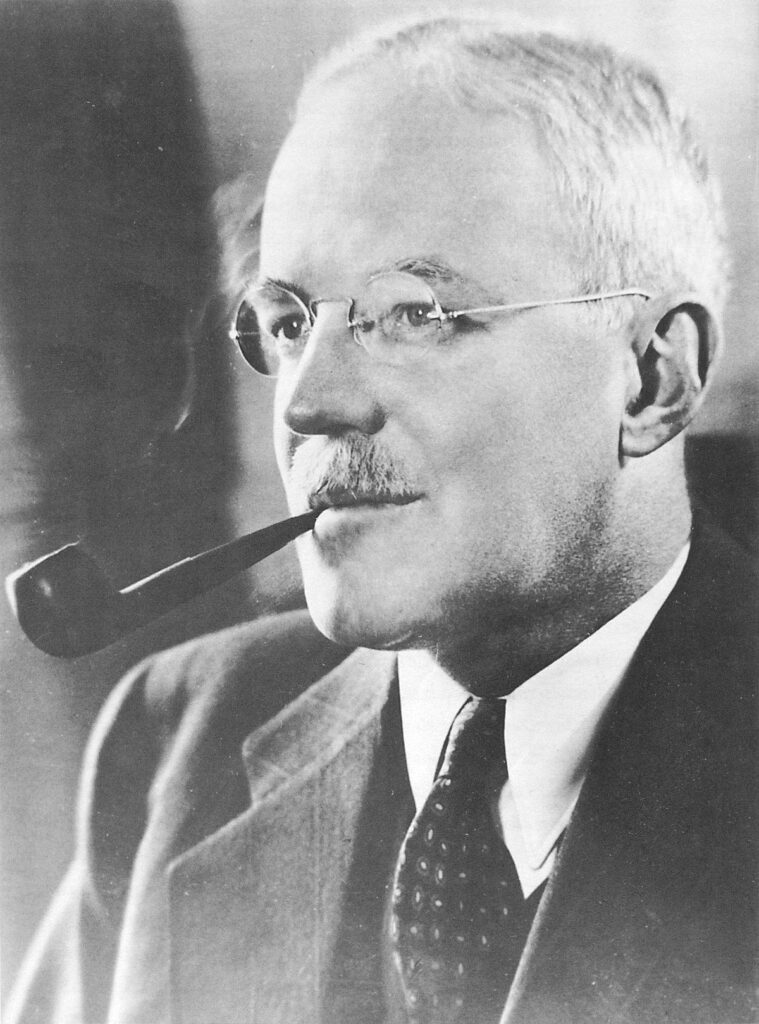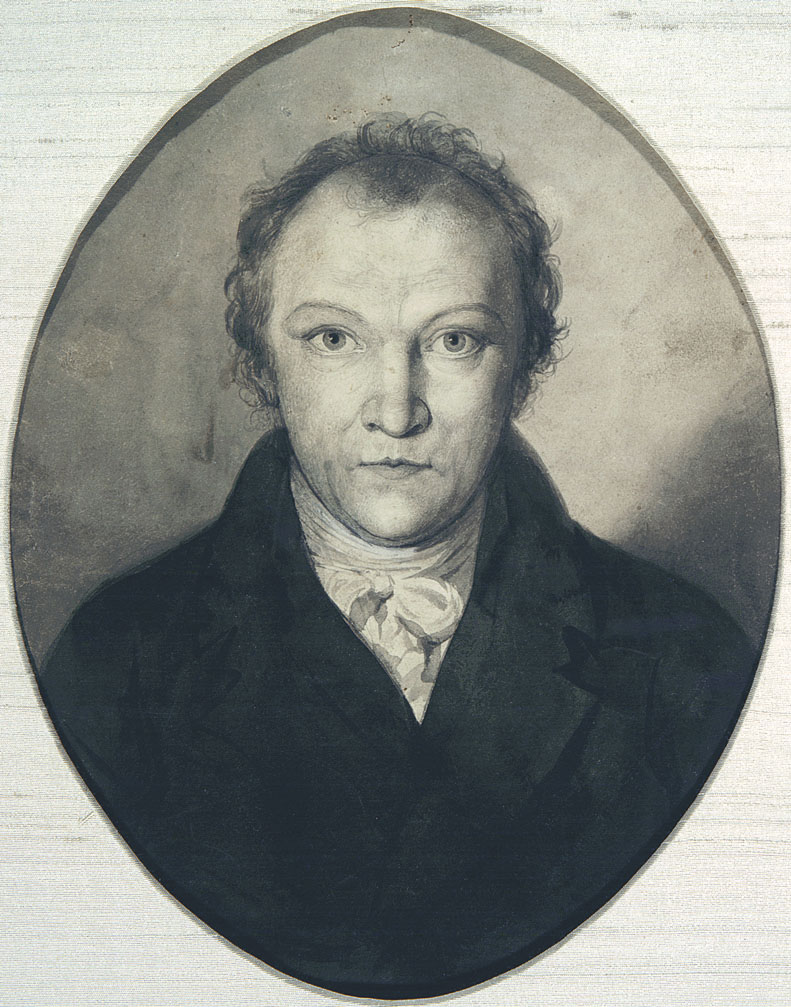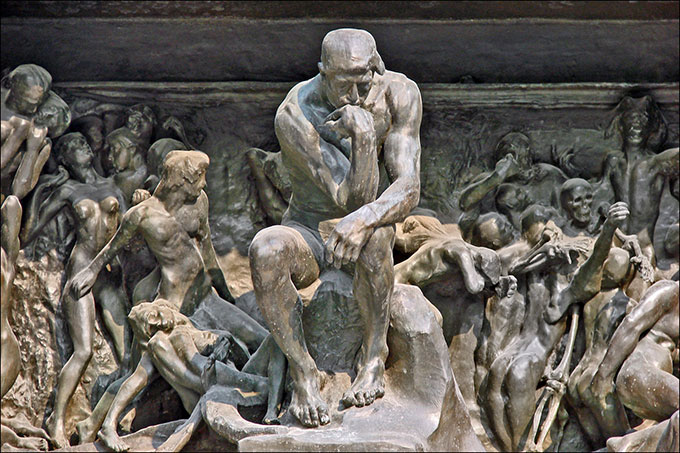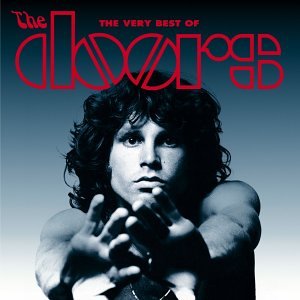Neo-Platonism and Huxley’s Doors of Perception




By Karel Vereycken, 2008
In 1954, British novelist Aldous Huxley (1894-1963) wrote his book, The doors of perception. There he details his experience with the hallucinogenic drug mescaline, originally obtained from peyote, the root of a Mexican cactus. Officially, Huxley was brought into drug experiences after discovering the research of British born psychiatrist Dr Humphrey Osmond (1917-2004). Osmond, a personal protégé of Allan Dulles and a key operator for the CIA’s MK-Ultra-project, advocated the use of mescaline to simulate schizophrenia on doctors involved in the treatment of mental illness and gave LSD to architects in the hope that the drug would sensitize them to the spiritual needs of psychotics…
Another friend and collaborator of Huxley and Osmond was Dr. Louis Jollyon West, later a director of the “anti-cult” organization called the American Family Foundation. West killed and elephant by giving him LSD.
Huxley wrote:
“In spite of seventy years of mescaline research, the psychological material at his disposal was still absurdly inadequate, and he was anxious to add to it. I was on the spot and willing, indeed eager, to become a guinea pig”.
Huxley did so and was interrogated on a large variety of subjects, notably on space, time, color, poetry and music while drugged. All conversations were recorded on a dictating machine.
Already before, Osmond and Huxley believed, as any person brainwashed into radical empiricism, that all knowledge derived exclusively from experience. The logical conclusion from that axiom is that knowledge simply cannot be communicated:
“Sensations, feelings, insights, fancies – all these are private and, except through symbols and at second hand, incommunicable. We can pool information about experiences, but never the experiences themselves. From family to nation, every human group is a society of island universes”.
Consequently, asks Huxley:
“How can the sane get to know what it feels like to be mad? Or, short of being born again as a visionary, a medium, or a musical genius, how can we ever visit the worlds which, to Blake, to Swedenborg, to Johann Sebastian Bach, were home?”
As we see here, Huxley shared the convictions of florentine crackpot Marsilio Ficino, Aristotle and Agrippa of Nettesheim, for whom melancholy and madness were the essential characteristics of all true genius.
Huxley had already vastly explored the subject of “Acedia” (sloth, or literally “without-care”) in his book On the Margin (1948), noting the fact that melancholy had first evolved from a sin towards a sickness, to become at the Renaissance the symbol of genius trough Ficino’s dialectical « neo-platonic » tactics.
But, even if Osmond feared to be accused to be “the man that drove Aldous Huxley mad”, the latter took his pill of mescaline.
Huxley reported:
“I was not looking now at an unusual flower arrangement. It was seeing what Adam had seen on the morning of his creation –the miracle, moment by moment, of naked existence. ’Is it agreeable?’ somebody asked.
‘Neither agreeable nor disagreeable,’ I answered. ‘it just is.’ «
Through the annihilation of the sovereign power of the individual, there is no more good or bad, no more agreeable or disagreeable, things just are.
Huxley, clearly sharing the oligarchy’s hatred of real Platonism then attacks Plato, which he treats as a poor fool, for separating the notion of being from that of becoming and having being coincide with idea, which the aristotelian Huxley considered merely a « mathematical abstraction ».
William Blake
Istigheit –wasn’t that the word Meister Eckhart liked to use? “Is-ness.” The being of Platonic philosophy –except that Plato seems to have made the enormous, the grotesque mistake of separating Being from becoming and identifying it with the mathematical abstraction of the Idea. He could never, poor fellow, have seen a bunch of flowers shining with their own inner light…”

In reality Huxley thought succeeding what visionary mystics had accomplished without chemicals. Huxley admired the unbridled imagination of the prolific 18 century esoteric nutcase, the painter and poet William Blake (1757-1827), who became Huxley’s alter ego.
Blake had no need to take drugs to have his imagination at work. His wife Catherine once told visitors that she had “very little of Blake’s company; he is always in Paradise”
The symbol-minded Blake believed he was living in the end days, and that the American and French revolutions were the purifying violence that was prophesied in the Bible as the prelude to a new heaven on earth.
Blake considered Dante’s Divine Comedy as too cruel and thought that Dante took pleasure in casting his enemies in the torments of hell. Blake therefore wanted to “correct” Dante’s errors.
On the back of one of his watercolors, Blake wrote that where “Dante saw Devils where I see none – I see only Good”. He believed heaven and hell were purely mental states that we experienced subjectively.
For Blake, in a ridiculous caricature of Plato, the spiritual journey begins in our tomb or grave in this world, and then ascends through a series of experiences straight out of the Purgatory.

The work of the French sculptor August Rodin (1840-1917) and his Gates of Hell, with the famous melancholic Thinker [originally the poet] sitting in front of them, are largely inspired by Blake’s symbolism.
Blake concentrated on trying to paint that what was eternal, and, as one biographer wrote:
“what was eternal did not reside in the features of a face or in the details of the moment or in any particular vista before the eyes. In fact, he felt that to paint the world visible to the senses would only encourage us to continue to freeze our experience on the lower level perceptible to our senses.
« But he also believed that it was only through this world –through the sunflower or the grain of sand or whatever—that we could see this informing world, this active world, beyond the world of our senses once, as he put it, the doors of perception were cleansed and we could see the things of our senses as they were in essence—that is, infinite and eternal.”
This is precisely what Huxley thought of getting when taking the drug mescaline. In a couplet that Huxley sent to Osmond he suggested to call the hallucinogenic drugs phanerothymes:
“To make this world sublime/Take half a Gramme of phanerothyme”.
Osmond found the label too stupid and suggested “psychedelic”:
“To fathom hell or soar angelic/Just take a pinch of psychedelic.”
From Albrecht Dürer to Jim Morrison

William Blake possessed a great number of engravings among which Albrecht Dürer’s famous “Melencolia I”, the only print he dearly kept with him when he sold his entire collection to survive under extreme poverty.
Blake mistakenly considered Dürer as an initiate of occult science, capable of opening the doors of perception.
The sad irony is the fact that indeed, Dürer’s name is thought to be derived from the German translation of the Hungarian name Ajto, Thür [door].
As we have demonstrated the case at another occasion (see article on Dürer), Dürer’s engraving poses the daring platonic challenge of going beyond mere sense-perception.
But Dürer’s eyes, as those of Nicolas Cusanus, are not the “Eyes of the Flesh”, but “the Eyes of the Mind”, capable of joyfully discovering and communicating legitimate processes of transformation that increase man’s power over the universe for the benefit of mankind, processes totally the opposite of the “eternal” abstract essences to be experienced by ecstatic or chemically whipped up super-senses.
Huxley’s title for his book The Doors of Perception was directly taken from Blake’s pseudo-Platonic babblings (out of Blake’s Marriage of Heaven and Hell, plate 14:

“The ancient tradition that the world will be consumed in fire at the end of six thousand years is true, as I have heard from Hell.
For the cherub with his flaming sword is hereby commanded to leave his guard at the tree of life, and when he does, the whole creation will be consumed and appear infinite and holy whereas it now appears finite & corrupt.
This will come to pass by an improvement of sensual enjoyment (emphasis added).
But first the notion that man has a body distinct from his soul is to be expunged; this I shall do, by printing in the infernal method, by corrosives [etching], which in Hell are salutary and medicinal, melting apparent surfaces away, and displaying the infinite which was hid.
If the doors of perception were cleansed every thing would appear to man as it is, infinite. (emphasis added)
For man has closed himself up, till he sees all things thro’ narow chinks of his cavern.
Huxley’s Doors of perception became a bible for the generation of Timothy Leary and Alan Watts.
Their mind-expanding, chemically altered states, promoted by Allan Dulles’ Congress for Cultural Freedom (CCF), “made drug tripping mandatory for most intellectuals and the generation of youths who identified themselves as hippies”.

Huxley wondered “maybe this world is another planet’s hell”, so for him, leaving didn’t seem a big deal. “But the man who comes back through the Door in the Wall will never be quite the same as the man who went out.”
While Huxley injected himself a doses of LSD on his deathbed in 1963, Jim Morrison, who died from an overdose, unsurprisingly named his rock band The Doors after Huxley’s book.
As many brainwashed young adults killed through this cultural warfare operation, he, as so many of the baby boomer generation, went through the window but never returned.